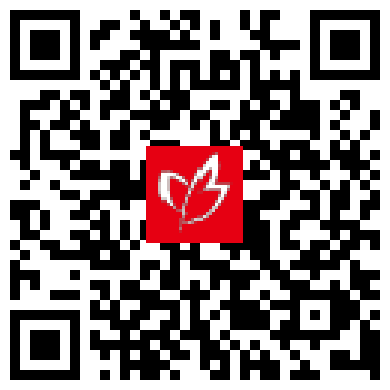
(2025·山东·二模)Mo Wilde’s fascinating book, Free Food: Wild Plants and How to Eat Them, makes the case for connecting with nature by finding your cuisine beyond supermarket shelves.
A couple of years ago, the thin branches of an elder (接骨木) bush inched through the open blinds of my apartment building, gradually forming what I can only describe as a piece of living wallpaper. Mother Nature was breaking into our boundaries — reminding us who’s boss. I thought it was fantastic, but the householder did not. A tree surgeon was called in.
Mo Wilde would have had other ideas. In Free Food, she suggests using elder leaves when cooking potatoes: they have a similar taste to parsley, a plant used as a herb in cooking. This simple way bridges the gap that middlemen, such as supermarkets and grocery shops, have placed between us and the natural world. “We are nature,” Wilde writes. “And making good use of more wild food into our diets will make us more conscious of that.”
Free Food advocates for integration, not complete replacement. For instance, try using leaves instead of tin foil for wrapping delicate food when barbecuing. Tables, like the “Wild Spice Conversion Chart” make wild garlic look downright basic. Do you know sneezewort produces a similar taste to Sichuan pepper? Her suggestions even involve using plants for medicinal teas and household items. Wilde’s tone is encouraging and her expertise and experience make you trust her, and her enthusiasm makes you turn the page.
Readers whose home is their kitchen will notice that Wilde provides more ideas than recipes. Since reading Free Food, I’ve found myself picking leaves and seeing whether I can identify them without an app, though there is always an app that would instantly tell me what they are. The appeal of collecting is that it forces you to pay attention to your surroundings and build a relationship with nature, one plant at a time.
69.Why did the householder call in a tree surgeon?
A.To remove the elder branches. B.To repair the blinds.
C.To get another elder tree planted. D.To replace the wallpaper.
70.Where does Mo Wilde see a gap?
A.Between elder leaves and parsley. B.Between our diet and nature gifts.
C.Between wild food and our awareness. D.Between supermarkets and grocery shops.
71.What can the underlined word “sneezewort” refer to in paragraph 4?
A.A health-care tea. B.A big leaf used as a package.
C.A household cleaning article. D.A wild plant with a hot flavor.
72.What change has the author undergone after reading Free Food?
A.Falling in love with cooking. B.Starting to collect leaves for recipes.
C.Coming into closer contact with nature. D.Learning to draw on apps to explore plants.
【答案】69.A 70.B 71.D 72.C
【知识点】阅读 、食物与饮料 、说明文
该题有详细解析可以查阅1、本网站所提供的信息,只供教育教学参考之用。
2、本网站及其会员一概毋须以任何方式就任何信息传递或传送的失误、不准确或错误对用户或任何其他人士负任何直接或间接的责任。
3、在法律允许的范围内,本网站在此声明,不承担用户或任何人士就使用或未能使用本网站所提供的信息或任何链接或项目所引致的任何直接、间接、附带、从属、特殊、惩罚性或惩戒性的损害赔偿。
4、访问者在从事与本网站相关的所有行为(包括但不限于访问浏览、利用、转载、宣传介绍)时,必须以善意且谨慎的态度行事;访问者不得故意或者过失的损害本网站的各类合法权益,不得利用本网站以任何方式直接或者间接的从事违反中华人民共和国法律、国际公约以及社会公德的行为。对于访问者利用本网站提供的信息而作出的任何决策、决定以及其后果,本网站不承担任何责任
5、本网站图片,文字之类版权,本网站无法鉴别所上传图片或文字的知识版权,如果侵犯,请及时通知我们,本网站将在第一时间及时删除。
6、凡以任何方式登录本网站或直接、间接使用本网站资料者,视为自愿接受本网站声明的约束。
XueXi Design
